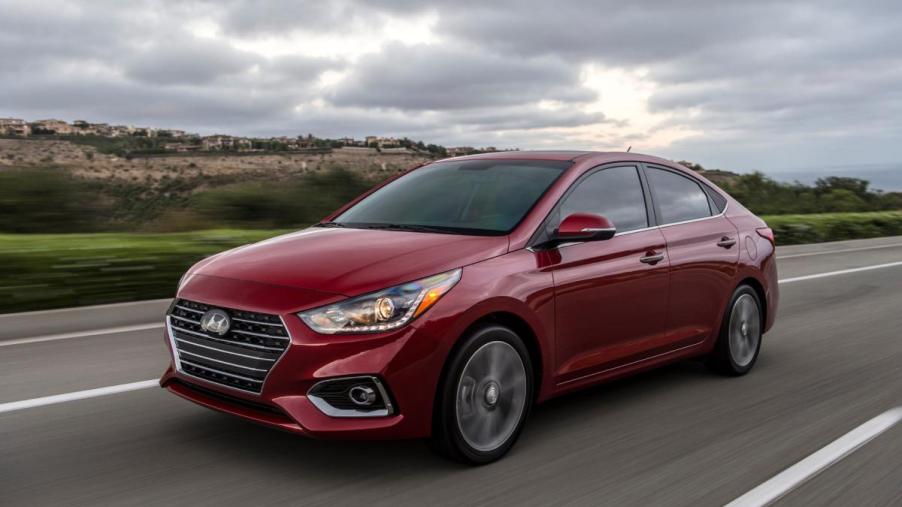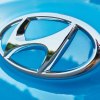
The 3 Least Popular Hyundai Models so Far This Year
Hyundai sales are up by a reasonable margin compared to last year. The Hyundai Santa Cruz pickup, as well as several hybrid versions of the automaker’s most popular models, were largely responsible for these profits. Still, not every Hyundai car is a hit with consumers. These are the three least popular cars sold by Hyundai in 2023.
The Hyundai Veloster still manages to move a few units
Only a single Hyundai Veloster was sold in March 2023, and just 5 units in total were sold for the first quarter of this year. That’s unsurprising given that the Veloster was officially discontinued after the 2022 model year.
However, with less than 462 units sold in Q1 2022, it’s clear that the Veloster’s sales had been struggling for quite some time.
The Veloster is a unique hatchback with three doors and seating for up to four riders inside. It received a nice redesign for the 2019 model year, which granted it some refreshed powertrain options and better interior accommodations. The base versions are powered by a 147-hp inline-four-cylinder engine, which could be paired with either an automatic or manual six-speed gearbox.
For the Veloster’s final model year, every model except the N was phased out. The Veloster N features the six-speed manual as standard equipment, paired with a 275-hp turbo-four engine. Used models might have the optional dual-clutch automatic transmission instead.
It also comes with fun features like an adaptive suspension, an active exhaust system, and launch control for the engine. Critics have also praised the Hyundai Veloster in the past for competitive cargo specs and athletic nature. However, its sales were just weren’t good enough to justify continued production.
The Hyundai Accent isn’t around anymore either
The Hyundai Accent also didn’t make a return for the 2023 model year, so its sales figures are almost as low as the Veloster’s. It was slightly more popular in 2022, managing to sell nearly 2,700 units in the first quarter. While the Accent looks very unassuming next to the Veloster N, it probably attracted more sales thanks to its bargain-bin price.
For its final model year, the Hyundai Accent had a starting MSRP of $16,645. The top-tier Limited model sold for less than $20,000. It seems like a good deal at first, but only the Limited model has any advanced safety features. These are limited to just automatic emergency braking and forward collision warning.
Smartphone integration can only be found on the Limited and mid-grade SEL model. However, there are no powertrain upgrades to save drivers from the puny 120-hp four-cylinder engine and continuously-variable transmission. Acceleration is predictably terrible, but the Accent gets good gas mileage at 36 mpg combined city/highway.
Given how inexpensive it is, we’re not shocked by the Accent’s drab interior. Hard plastic takes up the majority of the cabin and there are no seating material upgrades. The Accent also can’t carry a lot in its trunk, which has just under 14 cu-ft of space.
The Hyundai Nexo is too niche to be popular
The Nexo is doing relatively well compared to its defunct siblings, having sold 65 units for Q1 2023. According to Hyundai, that’s still a sales decrease of 61% compared to last year. The Hyundai Nexo is a fuel-cell electric crossover SUV, so you can currently only buy one in California.
The Nexo’s single-motor powertrain generates 161 hp and promises up to 380 miles of electric range. Inside, you get 57 cu-ft of cargo space and seating for five passengers. It has a full standard safety suite with crash-preventative features, plus a 12.3-inch touchscreen with standard smartphone integration.
The Hyundai Nexo is guaranteed to make an appearance as a 2024 model. Per TopElectricSUV, the next-gen Nexo might have up to 500 miles of electric range. Still, if fuel-cell cars don’t gain relevance in the United States, the Nexo could share the same fate as the Veloster and Accent.


